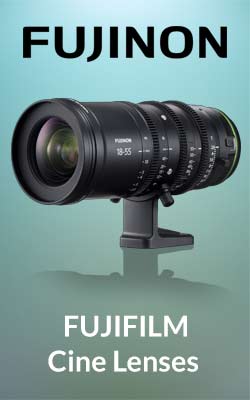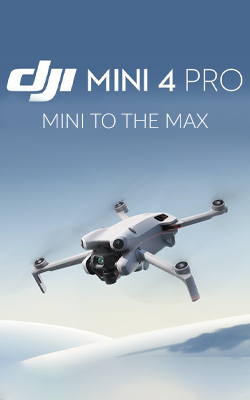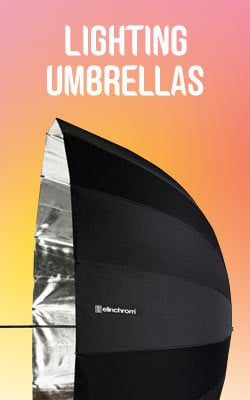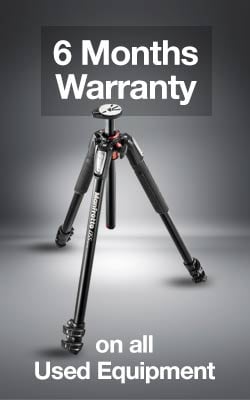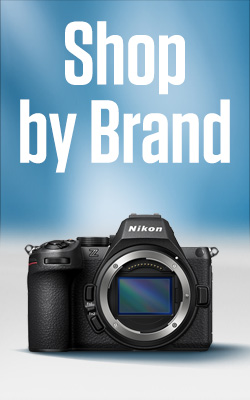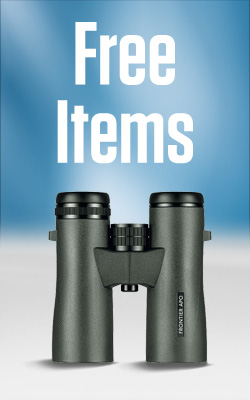Lenses for Portraits: You don’t have to shoot with an 85mm
There are several reasons why 85mm lenses are so popular for portraits. Firstly, there’s the distance from you’re subject when you’re shooting a head, or head and shoulders shot. It’s comfortably close for chatting, but not intimidatingly so for your subject. That focal length also offers a nice perspective, so all the facial features look in the right proportion with the ears and head.
Also, an aperture of f/1.4 or f/1.8, or even f/2.8 if you want to close down a bit, gives a shallow depth of field with an 85mm at a head-and-shoulder-shot distance. That means you can blur the background nicely and separate your subject from the background.
But that doesn’t mean that you can only use an 85mm lens such as the Sony FE 85mm f1.4 GM Lens for a portrait. For a start, there are quite a few 90mm, 100mm and 105mm macro lenses that can be used. They offer the advantages of an 85mm lens but, of course, they have a double purpose, which is nice.
Use standard zoom lenses for portrait photography
The long end of a standard zoom lens like an 18-55mm on an APS-C format camera, 14-42mm on a Micro Four Thirds model or a 24-105mm on a full-frame camera is also useful for shooting portraits.

Shot on 24-105mm
Many photographers progress from their standard kit lens onto an 85mm optic for portraits, but it’s well worth thinking about upgrading to a higher quality zoom. A 24-70mm f/2.8 lens on a full-frame camera, for example, gives you a great everyday range with a wide aperture for fast shutter speeds and shallow depth of field when you want it. And the 70mm end is perfect for portraits.

Shot on 24-70mm lens, 70mm at f2.8
70-200mm lenses are excellent for outdoor portrait photography
A telephoto lens such as a 70-200mm is very useful for portraits, especially if you’re shooting outdoors. The longer end lets you get a bit further away from your subject so they’re less aware of you and are more likely to act naturally. That’s really helpful with lifestyle and family portrait photography.
The zoom also gives you a bit more flexibility, you don’t have to worry too much if your subject moves closer or further away.
Also, there are plenty of f/4 and f/2.8 70-200mm (or equivalent) lenses available now. An f/2.8 lens allows you to restrict depth of field more than an f/4 lens. But an f/4 optic is usually more affordable and lighter. It’s that lightness that appeals if you’re planning on carrying your kit a long way or have lengthy shoots in mind.
Why shoot portrait photography on a 50mm lens?
One of the great things about 50mm lenses is that they are usually quite affordable yet have a wide maximum aperture. They’re also normally small, light and unobtrusive.
On an APS-C format camera, a 50mm is roughly equivalent to 75mm, so it translates into a nice portrait lens. However, on a full-frame camera, a 50mm lens allows you to get a bit more background in your portrait shots. That means they’re good for environmental portraits and there’s scope to pick out your subject by restricting the depth of field.

50mm equivalent focal length on APS-C camera
Use a 35mm lens in portrait photography to capture more context
A focal length of 35mm is the classic choice for street photography. The view is quite a bit wider than at 50mm, so your subject is shown in context. That shorter focal length means that you’ll get more depth of field at any given aperture than you will with an 85mm lens, but that’s helpful if you’re working quickly at candid portraits and street photographs.
If you go in close you can restrict depth of field to give some separation from the background, but watch out for making your subject’s nose look big and their ears small.

Shot at 35mm
- 4 Oct 2018













